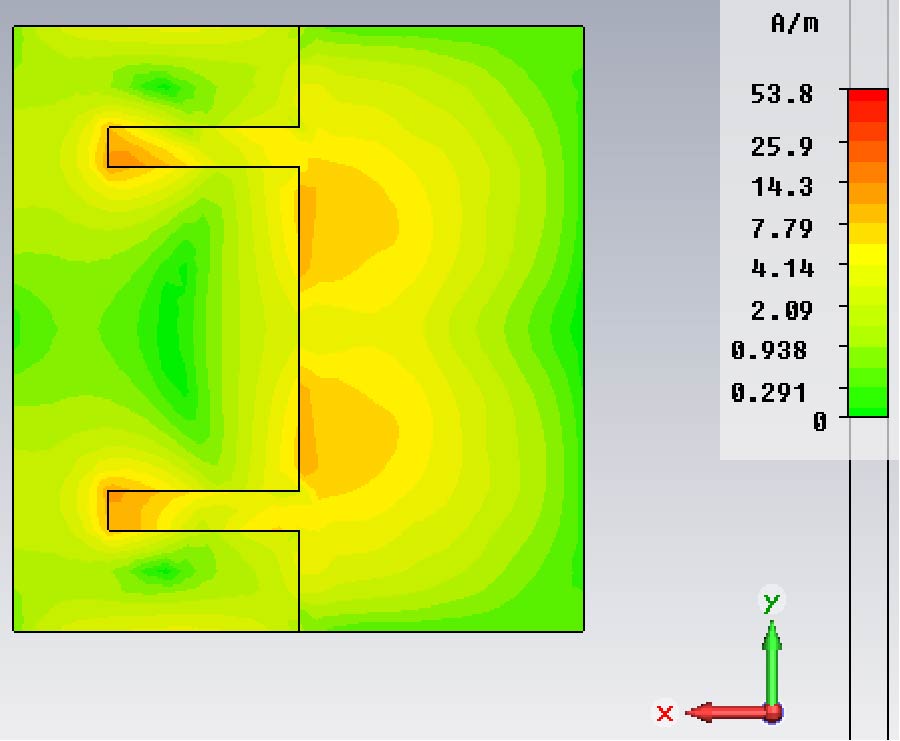Research and Design of a Polarization Multiplexed 1-Bit Reconfigurable Metasurface for Dynamic Focusing
Bo Yin,
Zhu Xu,
Shubin Wang and
Maohai Ran
To solve the problems of traditional reflective metasurfaces that cannot change the focal position and have simple functions, a polarization multiplexed 1-bit reconfigurable metasurface is proposed. It can realize the independent focusing characteristics of the x-direction polarization and y-direction polarization incident waves. The metasurface unit consists of a layer of dielectric substrate with a thickness of 0.055λ, a metal element embedded with a pair of PIN diodes, and ground. Two diagonal slits on the ground can not only be used as a reflection ground to keep high reflection, but also behave as a bias control line to control the voltage to change the state of the PIN diodes. Optimizing the structure parameters of the metasurface unit, the reflection phase can be manipulated binarily between 0 and 180°, corresponding to ON and OFF states, respectively. Based on the principle of quasi-optical path, a polarization multiplexed 1-bit reconfigurable metasurface with independent dynamic focusing characteristics at 11GHz is designed. On this basis, by changing the polarization direction of the incident wave, the dual-focus distribution with different power ratio can be obtained. The proposed 1-bit reconfigurable metasurface has no multilayer metal elements and complex feeding structures, and has the characteristics of a simple structure, low profile, and multifunction. At the same time, it enhances the utilization of metasurface array and provides a higher degree of freedom for wireless power transmission applications in future.


















